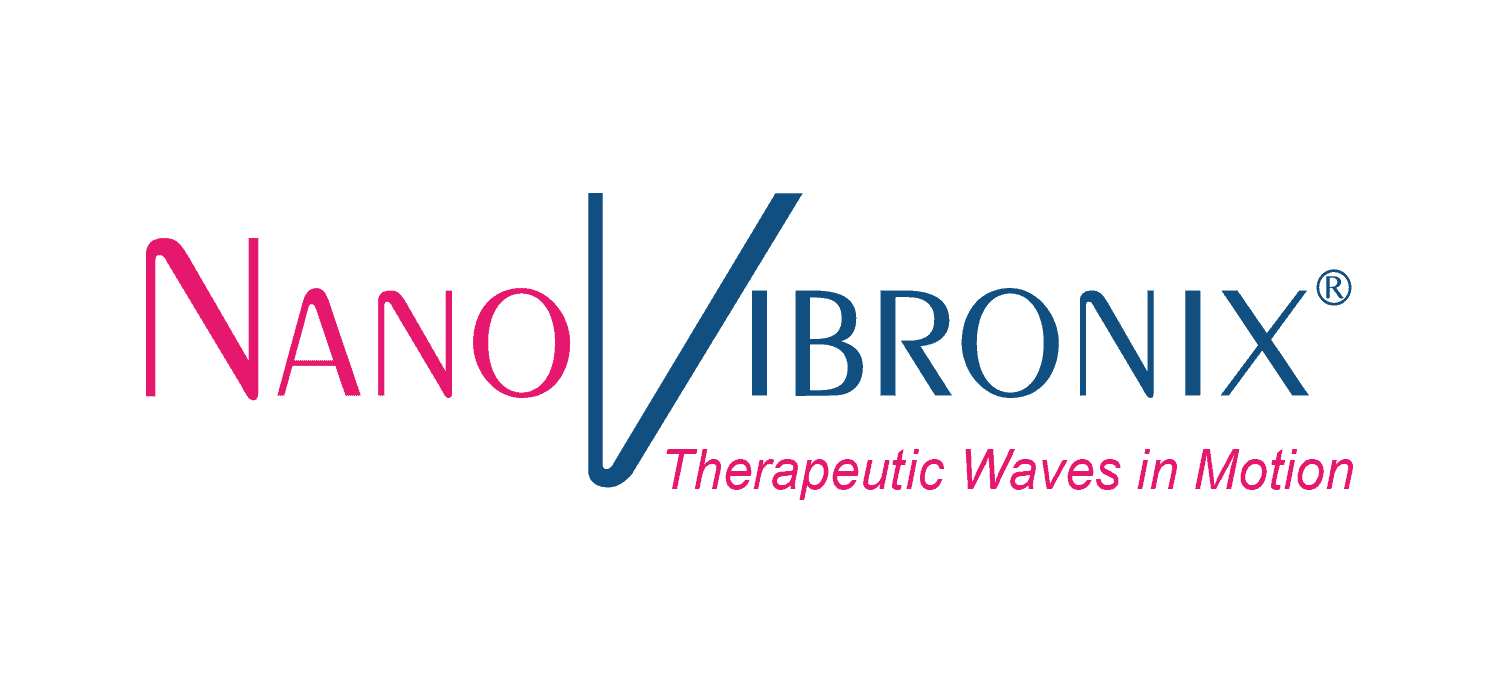Muscle pain can be a stubborn companion, often appearing out of nowhere or lingering after an intense workout or injury. Many of us turn to traditional treatments like rest, ice, compression, and elevation to soothe those aching muscles. These methods, combined with medications and physical therapy, usually do the trick in offering relief and speeding up recovery. However, what happens when these conventional methods aren’t enough?
Imagine dealing with persistent muscle pain despite sticking to every recommended treatment. It’s a frustrating experience that more people encounter than you’d think. Whether it’s due to chronic conditions or a particularly resistant injury, there comes a time when the usual go-to solutions just don’t cut it. This is when exploring alternatives becomes essential.
Why Traditional Treatments Might Fail
Traditional muscle pain treatments work for many, but when they don’t, it can be puzzling and disheartening. Let’s delve into some reasons these standards might not always deliver the desired results.
1. Medications: Pain relievers and anti-inflammatory drugs can reduce discomfort, but they might mask symptoms rather than solve the root problem. Plus, they can have side effects, especially with long-term use.
2. Physical Therapy: This approach focuses on strengthening and rehabilitating the affected area. Yet, the healing process can be slow, requiring patience and consistent effort.
3. Specific Causes: Every case of muscle pain isn’t identical. Some conditions, like fibromyalgia or neuropathy, might resist the benefits of standard treatments due to their complex nature.
Factors such as age, overall health, and the nature of the injury significantly influence healing. Sometimes, factors beyond the physical play a role, like stress impacting recovery speeds. The complex interplay of these elements means what works wonders for one person may not be as successful for another.
It’s crucial not to lose hope or feel like you’re out of options. Shifting perspective and exploring newer modalities can offer fresh avenues for relief. One such promising avenue is the use of muscle ultrasound therapy, which offers a different approach to managing persistent pain effectively.
Exploring Alternative Solutions: Muscle Ultrasound Therapy
When traditional methods falter, it’s time to consider advanced solutions like muscle ultrasound therapy. This innovative approach offers a new way to tackle persistent pain by using sound waves to penetrate deep into tissues. These waves stimulate circulation, which can help reduce inflammation and promote healing.
Muscle ultrasound therapy isn’t just a fancy gadget; it’s a scientifically proven method that addresses pain without invasive procedures or medication interference. Many people find it helpful because of its ability to target pain with precision, providing relief exactly where it’s needed. Compared to traditional methods, this therapy can offer a quicker path to feeling better and getting back to your everyday activities. If you’ve been struggling with muscle pain for what feels like an eternity, incorporating this type of therapy could be the fresh start your body needs.
The Benefits of PainShield® by NanoVibronix
PainShield® stands out as a prime example of how muscle ultrasound therapy can transform pain management. Functioning as a portable and wearable device, PainShield® offers several distinctive benefits:
– No Drugs: Avoiding medication side effects can be crucial for some individuals, making drug-free options very appealing.
– No Side Effects: Since it uses sound waves, there’s no risk of the adverse reactions associated with traditional treatments.
– No Surgery: Providing a non-invasive alternative is a significant advantage for those wary of surgical procedures.
– Ease of Use: This device is designed for convenience, suitable for use at home or in healthcare settings. There’s no need for a complicated setup—simply apply it to the affected area and let it do its work.
PainShield® is also versatile, making it applicable for a variety of conditions from arthritis to musculoskeletal injuries. The ability to offer relief across such a broad spectrum of issues is one reason it continues to gain attention.
Steps to Take When Muscle Pain Persists
Encountering persistent muscle pain requires a proactive approach. Here are some practical steps you can take to manage and potentially reduce your discomfort:
1. Consult a Healthcare Professional: Always talk to your doctor about your symptoms and explore muscle ultrasound therapy as part of your treatment plan.
2. Incorporate Complementary Methods: To support your therapy, consider incorporating gentle exercises and stretching into your routine. These can maintain flexibility and strengthen muscles around the injured area.
3. Adopt Lifestyle Adjustments: Focus on maintaining a healthy lifestyle. Proper hydration, balanced nutrition, and adequate sleep can support your recovery process.
By embracing a multi-faceted strategy, you can effectively address persistent muscle pain and improve your quality of life.
Finding Relief and Taking the Next Steps
Pain can significantly impact daily life, but the journey to relief doesn’t have to be traveled alone or in traditional ways. Muscle ultrasound therapy offers a promising avenue for those who’ve struggled with ongoing pain despite their best efforts. With devices like PainShield®, there’s potential to experience targeted relief that fits seamlessly into your life without disrupting it.
Exploring these innovative solutions is not just about managing symptoms but about reclaiming your normal activities. Embrace the opportunity to make informed choices that prioritize comfort and well-being, and soon you might find the comfort you’ve been seeking.
Discover the benefits of integrating muscle ultrasound therapy into your pain management routine to regain your quality of life. Learn more about how NanoVibronix’s PainShield® offers a targeted, drug-free, and effective solution for chronic and acute pain. Explore how it can complement your treatment plan today.

